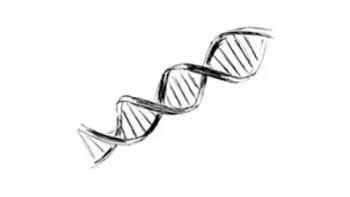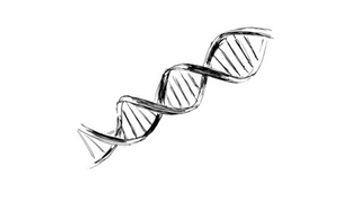
Treatment of High-Grade Undifferentiated Pleomorphic Sarcoma in the Retroperitoneum
Mark Agulnik, MD:The patient scenario is of a 36-year-old Caucasian male who was referred to a center of excellence for sarcoma as he was diagnosed with a high-grade pleomorphic sarcoma that was localized to the retroperitoneum. The unique scenario in this situation was that the tumor, based on its location and involvement of vasculature, was not amenable to surgical resection and was, therefore, deemed unresectable.
The prognosis for sarcomas really depends on the treatment modalities that can be used and the treatment modalities that are used. For this patient, because he had an unresectable tumor, you would categorize him similarly to how you would categorize someone with metastatic disease. One would think that the average prognosis would be about 16 to 17 months, and that would mean that 50% of patients would live beyond 17 months and 50% of patients would live less than 17 months.
The goals of therapy for this patient are a little bit unique. For an unresectable tumor, the question is, do the surgeons feel that if you modified the location of the tumor or the size of the tumor, would you actually be able to achieve resectability? If the answer to that is not, which in most situations it is not, then, essentially, what you’re trying to achieve for this patient is quality of life, prolongation of life. You would hopefully be able to shrink the tumor, if he’s having any symptoms, to improve his quality of life, and then, essentially, you would hopefully be able to find a treatment modality that would stabilize the disease or shrink the disease, prevent growth, perhaps change the biology of the tumor so it becomes less aggressive, and essentially it will allow him to live as long a life as possible.
The standard treatment options for patients who present with unresectable soft tissue sarcomas is to use chemotherapeutic agents. For the first-line therapy, one would use a doxorubicin-based therapy and, preferably, probably in this situation, one would use the addition of olaratumab. If we look historically at the data, there are other combinations that can be utilized, including doxorubicin with ifosfamide or single-agent doxorubicin. And then, depending on where the patient is treated, perhaps, one would also use gemcitabine and Taxotere as a first-line agent.
Case 1:
- The patient is a 36 year-old Caucasian man, referred to a center of excellence after diagnosis of a high-grade undifferentiated pleomorphic sarcoma located in the retroperitoneum.
- The tumor is large (8 cm), deeply seated, and unresectable because of its location and invasion of major vascular structures.
- His performance status is 0.









































